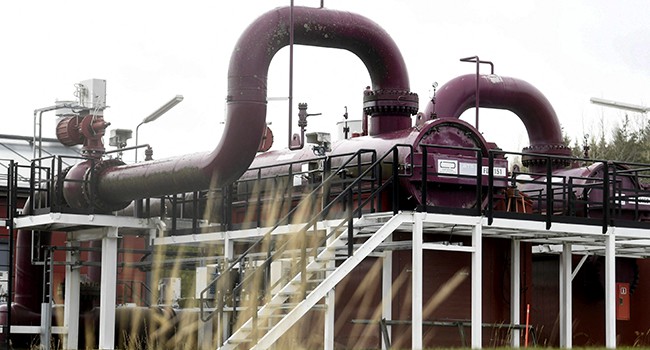The International Energy Agency chopped its forecast for global gas demand by more than half in its latest quarterly report on gas markets.
It now expects growth of just 3.4 percent by 2025, an increase of 140 billion cubic meters (bcm) from 2021 levels, which is less than the 175 bcm jump in demand registered in 2021 alone.
“The consequences of Russia’s invasion of Ukraine on global gas prices and supply tensions, as well as its repercussions on the longer-term economic outlook, are reshaping the outlook for natural gas,” said the IEA.
“Today’s record prices and supply disruptions are damaging the reputation of natural gas as a reliable and affordable energy source, casting uncertainty on its prospects, particularly in developing countries where it had been expected to play a growing role in meeting rising energy demand and energy transition goals,” it added.
While Russia has cut supplies to Europe and European nations have pledged to wean themselves off Russian gas, the impact quickly rippled throughout the world.
European nations are trying to make up the shortfall by importing more liquefied natural gas (LNG) shipped by tanker, which the IEA said is creating supply tensions and leading to demand destruction in other markets.
It warned that the scramble for LNG risked not only causing economic harm to other more price sensitive importers, but pushing up prices and thus contributing to additional revenues for Russia.
“In this context, an accelerated phase-out of Russian gas should primarily focus on reducing gas demand and scaling up domestically produced low-carbon gases” such as biogas, biomethane, and green hydrogen, said the IEA.
The IEA, which advises energy importing nations on policy, said in its new forecast for lower gas demand growth that only a fifth of the reduction came from expected efficiency gains and substituting renewables for gas.
“Our forecast’s lower gas demand growth compared to last year does not guarantee an accelerated transition to net zero emissions, as the bulk of the revision comes from lower GDP and fuel switching rather than by faster gas-to-electricity conversion and efficiency gains,” said the report.
The IEA said additional green energy transition measures would, in additional to their long-term impact in reducing emissions, ease pressure on gas prices globally by reducing supply tensions while also delivering short-term improvements in air quality by quickening the move away from coal.
“The most sustainable response to today’s global energy crisis is stronger efforts and policies to use energy more efficiently and to accelerate clean energy transitions,” IEA director for energy markets and security Keisuke Sadamori said in a statement.







